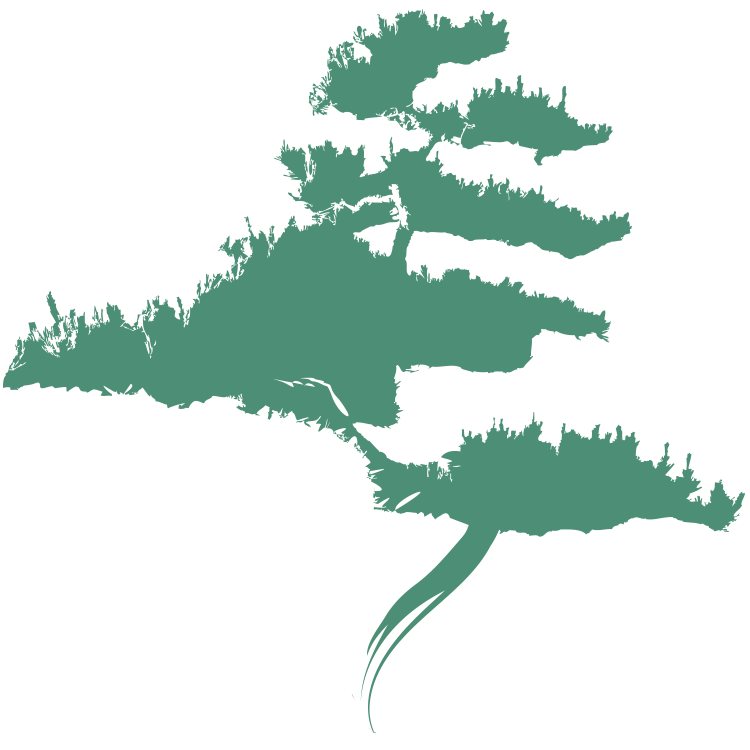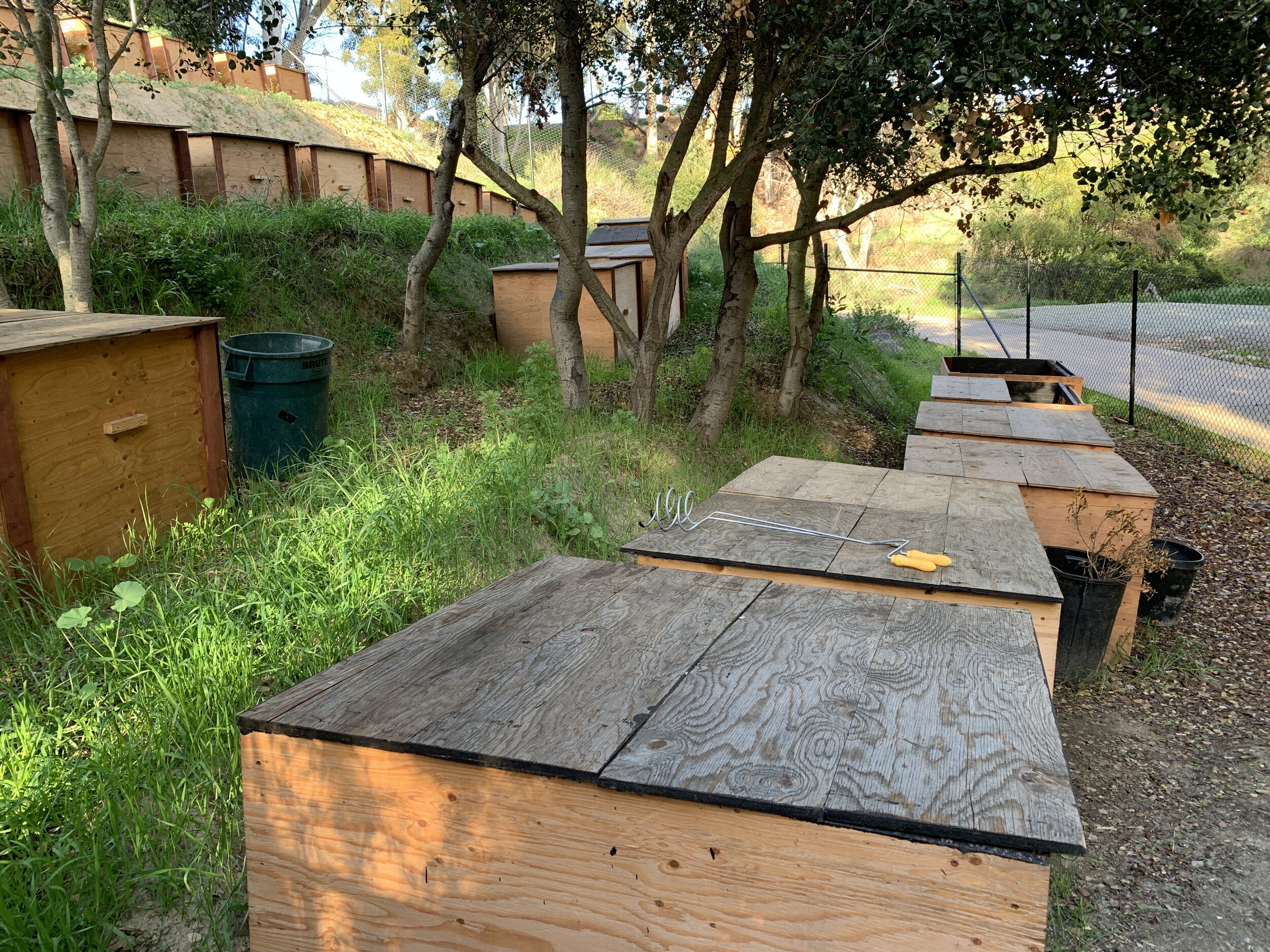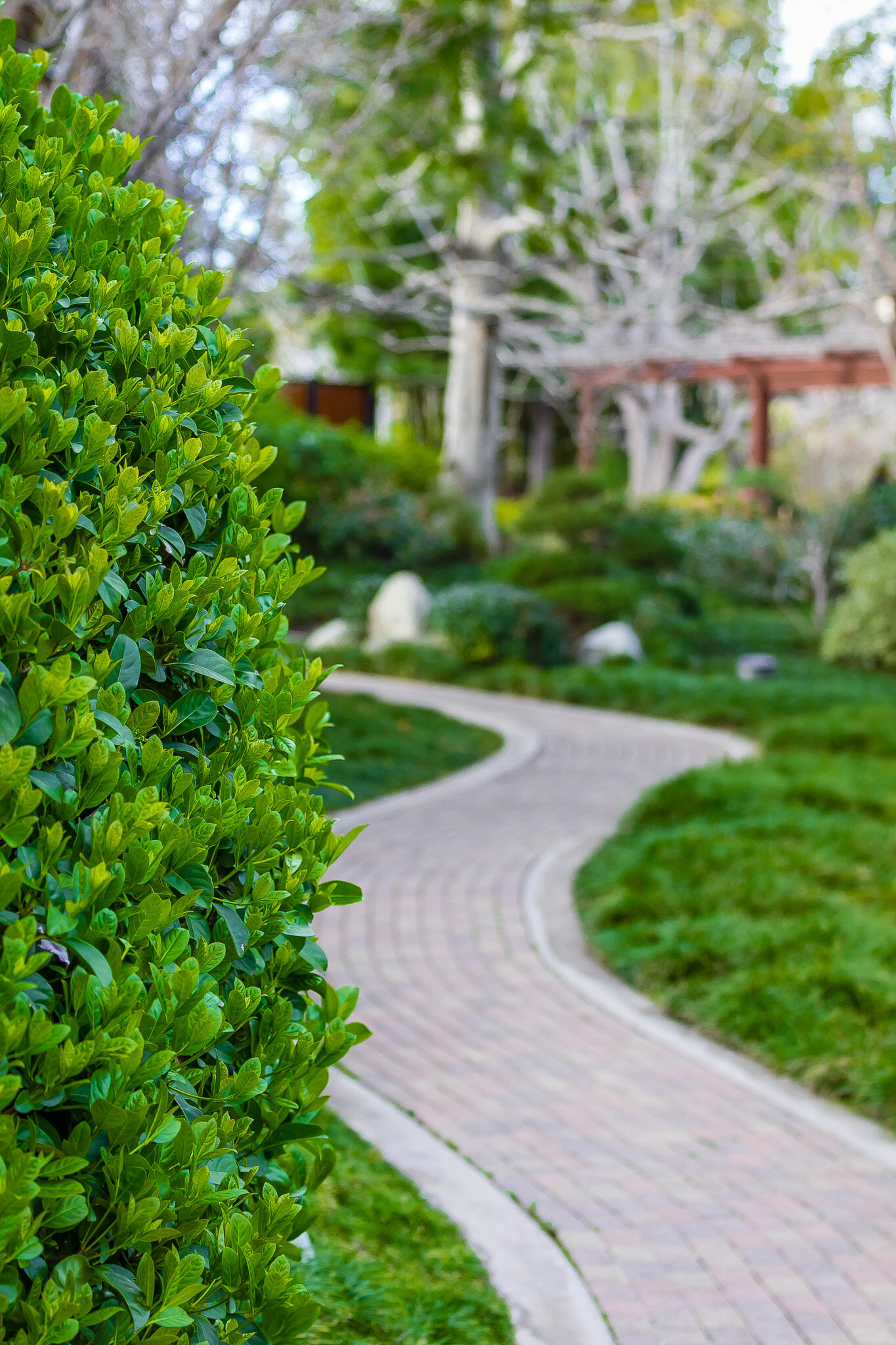JFGm invites campers to experience a taste of Japan! Our Winter camps provide different activities within Japanese culture, wellness, and sustainability. We have camps available from grades 1st-5th.Capacity is limited, so registration for each grade level is first come first serve. Don’t miss out on an exciting opportunity!
Capacity is limited, so registration for each grade level is first come first serve. Completion of payment and the registration form are required to participate.
Winter Camp is available for 3 days. Single day registration is available.
Price: JFGM Member $45/Day | Non-Member $50/Day
Questions and other JFGM Winter Camp inquiries can be e-mailed to education@niwa.org.
Cancellation Policy
- Cancellations made more than 7 days prior to the start of the camp will receive a refund, minus a 10% cancellation fee per camp.
- No refunds or credits within 7 days of any program
Member rates are for Japanese Friendship Garden and Museum Members. Balboa Park and Go City pass holders will pay regular camp prices.
For FAQs about our camps, please go to our FAQs webpage.
Registration
Grades 1 - 5 | December 26th, 30th, and January 2nd | 9:00aM-12:00pm
Day 1, December 26th
Kamishibai
Kamishibai is a remarkable way of telling stories with illustrations that was invented in Japan in 1929. The word literally means "picture-story." Since 2012, Walter Ritter, a veteran stage actor, has presented approximately 3,000 kamishibai stories in classrooms, libraries, senior residences, and other venues including the Japanese Friendship Garden in Balboa. His program for JFG Summer Camp will include 2 stories, discussion, and a brief history of kamishibai including its present-day expansion to countries all over the world. Ritter is co-founder and executive director of Write Out Loud and a co-founder of the World Kamishibai Forum.
Ikebana
Ikebana is one of the traditional arts in Japan. Ikebana involves arranging a wide array of materials including blooming flowers, branches, stems, leaves and moss in vases or other containers to create a visually appealing work of art. In this summer camp, students will create their own design with their imagination, ideas and expressions using flowers, leaves and branches. It will be lots of fun.
——
Day 2, December 30th
Koi Fish
One of the most iconic fish in Japan is Koi, also known as Nishikigoi. Koi carps are a very familiar fish among Japanese people, and they can be seen not only in aquariums but also all over Japan. For example, they can be found in shrines and Japanese gardens, even in the ponds of private homes! It is no exaggeration to say that koi has a central part in Japanese culture. But what kind of fish is the koi, and how did it come to be so popular in Japan? Koi Club SD will take you through a world of the koi, from their unique patterns to the symbolism held in Japan.
Ikigai STEAM
Join us as we explore the wonderful world of Science, Technology, Engineering, Arts and Mathematics combining innovation, unique tradition, and cultural heritage at the Japanese Friendship Garden and Museum. We will embark on a journey of observation, curiosity, and discovery as we explore the wonders of Japanese nature and wisdom with hands-on experiments, outdoor adventures, and critical thinking activities through this Ikigai STEAM Sampler presented by LKW STEM FOUNDATION! This Ikigai STEAM Sampler will include Bamboo & Sustainability, Ecosystems & Earthworm Adventures, and Koi Fish Genetics and Biomimicry! Our time together will foster collaboration, cultural appreciation, and empower young minds to become innovators and leaders as we laugh and learn together through STEAM Education!
Go
Go is an abstract strategy board game for two players in which the aim is to surround more territory than the opponent. The game was invented in China more than 2,500 years ago and is believed to be the oldest board game continuously played to the present day. Go was introduced in Japan in the 7th century and is played in both schools and competitions.
——
Day 3, January 2nd
Calligraphy
Calligraphy (shodō: "the way of writing") is the art of writing beautifully. Most children in Japan learn calligraphy in elementary school, and it is also a popular hobby among adults. An interesting aspect of Japanese writing that carries over to calligraphy is the importance that is placed on the order in which the strokes of characters are drawn.
Kintsugi
Kintsugi, also known as kintsukuroi, is the Japanese art of repairing broken pottery with lacquer dusted or mixed with powdered gold, silver, or platinum. Directly translating to “golden joinery,” as a philosophy, it treats breakage and repair as part of the history of an object, rather than something to conceal or discard. The thinking behind kintsugi is often likened to the Japanese philosophy of Wabi-Sabi, an embracing of the flawed or imperfect. Uplifting and hopeful, Kintsugi is an inspiring metaphor for dealing with the times we feel broken in life. It's a reminder to find the gold to mend ourselves and appreciate our so-called flaws.
Sencha Tea
Embark on a sensory journey like no other at the Japanese Friendship Garden, where our introductory Japanese tea classes transcend mere instruction—they become an unforgettable experience. Step into a world where tradition meets modernity, as we introduce you to the captivating realm of Japanese tea. In these immersive sessions, you won't just taste tea; you'll embark on a voyage of discovery. We'll guide you through the art of tea preparation, unlocking the secrets of each meticulously chosen tea variety. From the first fragrant wafts of tea leaves to the soothing, meditative moments of sipping, every aspect is designed to immerse you in Japan's serene tea culture.

















